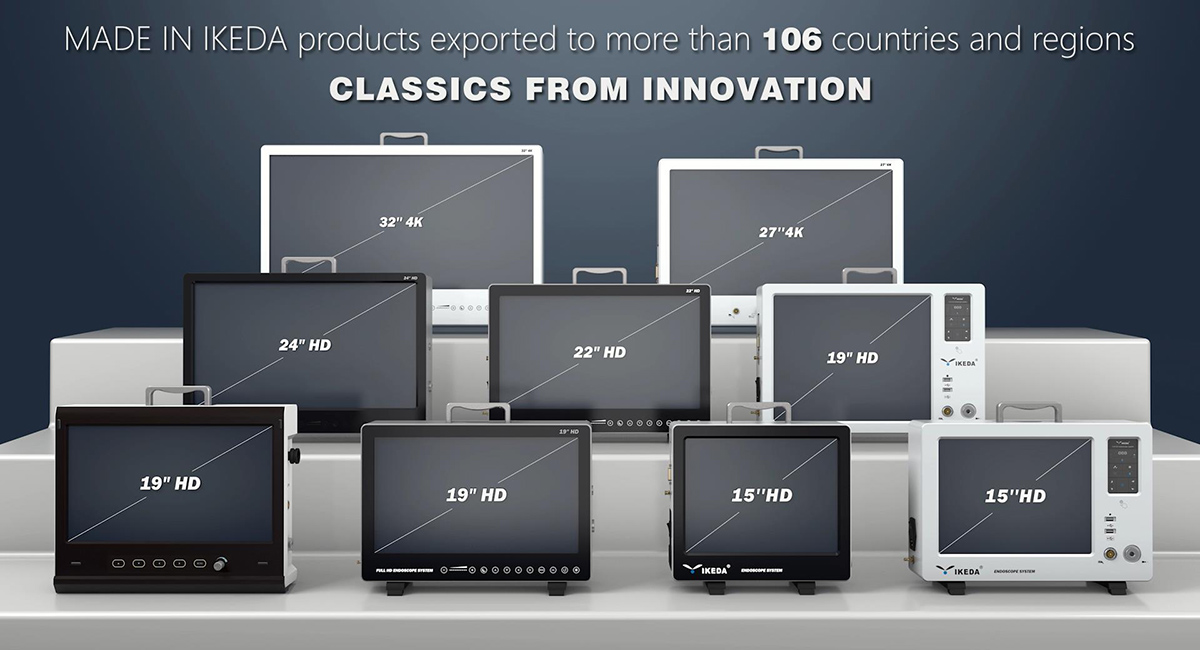The invention of medical endoscope camera system can be said to be a major progress in the history of human medical care. It has been widely used in surgical operations and routine medical examinations. Medical endoscopes use natural holes in the human body or open several small holes when necessary. As long as the doctor skillfully inserts the endoscope lens deep into the body, through other surgical instruments and camera display systems, the closed surgery can be performed outside the body.IKEDA now explains how endoscope camera system works?
The working principle of the endoscope camera system: the endoscope camera is connected to the endoscope through the optical interface, and the optical signal collected by the endoscope is converted into a digital signal, which is input to the image processing host, and then processed by the image processing host and output to the medical The monitor is convenient for doctors to better observe the intracavity situation, and make better judgment and treatment.

The imaging principle of the medical endoscope camera system: the light emitted by the light source passes through the light beam (optical fiber), passes through the main body of the endoscope, and is transmitted to the inside of the human body to illuminate the part of the human body cavity that needs to be inspected, and the objective lens images the part to be inspected on the area array. On the CCD, the CCD driving circuit controls the CCD to collect images and output standard video signals. The adjustment mechanism is used to adjust the observation angle of the front end of the endoscope, which can be adjusted up and down, left and right, and rotated.
The medical endoscope camera system consists of five parts: optical sight glass, medical camera, medical monitor, cold light source, and recording system.
At present, the minimally invasive technology with the endoscopic system as the core has been extended to many departments such as otolaryngology, general surgery, obstetrics and gynecology, thoracic surgery, urology, pediatrics, etc., ranging from simple laparoscopic polyp removal to cardiac bypass. There are, almost all traditional general surgical procedures can be done through endoscopic minimally invasive procedures. Endoscopic minimally invasive technology has become an indispensable technology for the diagnosis and treatment of digestive, respiratory, urinary, ENT and other systemic diseases. With the development of limited, intelligent and minimally invasive modern surgery, it is expected that the clinical application ratio of minimally invasive technology will reach 75%.